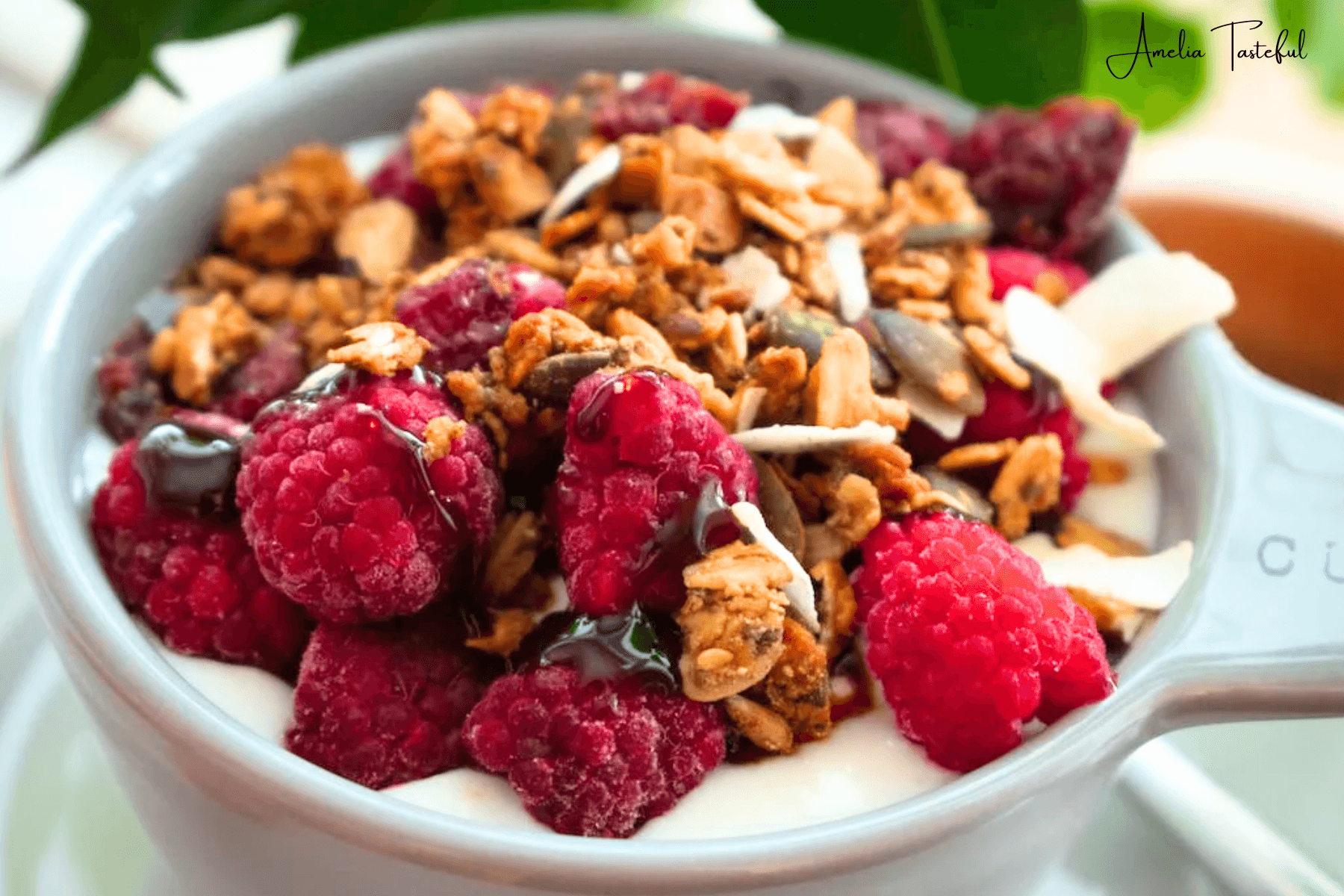“Can you freeze overnight oats?” This article delves into the practicality and benefits of freezing overnight oats, a popular and nutritious breakfast option. We explore the freezing process, including the best practices for preserving taste, texture, and quality. Additionally, we provide tips on thawing and serving, ensuring your oats remain delicious after freezing. For those looking to expand their breakfast repertoire, we also suggest internal linking opportunities to related content, such as our guide on How to Warm Up Overnight Oats, ensuring a comprehensive and informative read for health-conscious individuals and meal prep enthusiasts alike.
Introduction
Overview of Overnight Oats
Overnight oats have revolutionized breakfast for health enthusiasts and busy bees alike. This no-cook method involves soaking oats in liquid, such as milk or yogurt, overnight. As they rest, the oats absorb the liquid, softening to a creamy texture that’s both satisfying and nutritious. This method not only preserves the oats’ inherent nutrients but also enhances their digestibility, making them a powerhouse of energy to kickstart your day.
Popularity and Convenience
The surge in overnight oats’ popularity isn’t just about their health benefits; it’s also their unmatched convenience. Preparing your breakfast the night before means you have one less thing to worry about during the morning rush. Whether you’re a student, a professional, or a busy parent, overnight oats offer a customizable, ready-to-eat meal that saves time without compromising on nutrition or taste.
Introduction to Freezing as a Preservation Method
Freezing as a preservation method takes the convenience of overnight oats a step further. By extending their shelf life, freezing enables you to prepare multiple servings in one go, ensuring you have a healthy breakfast option ready whenever needed. This method locks in the freshness and nutritional value of the oats, making it an excellent strategy for those looking to meal prep or reduce food waste. As we delve deeper into the specifics of freezing overnight oats, we’ll explore how this technique can help maintain their quality and flavor, offering a practical solution for busy lifestyles.
The Freezing Process
Can You Freeze Overnight Oats?
Yes, freezing overnight oats is not only possible but also practical. This method extends the life of your oats, allowing you to enjoy this nutritious breakfast option well beyond its typical refrigerator shelf life. Freezing is a game-changer for meal preppers and those with hectic schedules, ensuring a quick, healthy start to any day.
Benefits of Freezing Overnight Oats
Freezing overnight oats offers several advantages. Firstly, it maximizes meal prep efficiency, enabling you to prepare batches of breakfasts in advance. Secondly, it reduces food waste by preserving the oats before they spoil. Lastly, it retains the nutritional value of the oats, ensuring you don’t compromise on health benefits.
Potential Drawbacks (Taste, Texture, Quality)
However, there are considerations to keep in mind. The freezing process can alter the taste, texture, and quality of overnight oats. While freezing preserves their nutritional content, the thawed oats may have a slightly different texture or taste compared to freshly made batches. Understanding how to properly freeze and thaw your oats can mitigate these effects.
How to Freeze Overnight Oats
Freezing overnight oats is straightforward. Begin by ensuring your oats are well mixed with your choice of liquid and any base flavorings. For optimal results, avoid adding fresh fruits or nuts before freezing, as these can become soggy or lose texture.
Best Containers for Freezing (Glass vs. Plastic)
Choosing the right container is crucial for freezing overnight oats. Glass containers are preferred for their durability and non-porous nature, preventing flavors from being absorbed into the container. Plastic containers can be used but opt for BPA-free options to avoid chemical leaching. Ensure containers are airtight to prevent freezer burn.
Portioning for Convenience
Portioning oats into individual servings before freezing is a smart move. It allows for easy thawing and ensures you only defrost what you’ll consume, reducing waste and saving time.
Innovative Freezing Methods (e.g., Muffin Tins)
For those with limited freezer space, innovative methods like using muffin tins can be a lifesaver. Simply fill each muffin cup with your oat mixture, freeze until solid, then transfer the oat “muffins” to a freezer bag. This method saves space and makes portioning a breeze.
Preparation Tips Before Freezing
Before freezing, consider the ingredients you’re mixing in. Some, like yogurt or milk, freeze well, while others, such as fresh fruits, are best added after thawing for better texture and taste.
Ingredients to Include or Avoid
Stick to base ingredients like oats, milk, yogurt, and base flavorings for freezing. Avoid fresh fruits, nuts, or crunchy toppings until you’re ready to serve. These can be added post-thaw for optimal freshness and texture.
Mixing and Portioning
Finally, ensure your oats are thoroughly mixed and evenly portioned. This consistency helps in freezing and later, in achieving the desired texture upon thawing. By following these guidelines, you can enjoy the convenience and benefits of frozen overnight oats without compromising on quality or taste.


